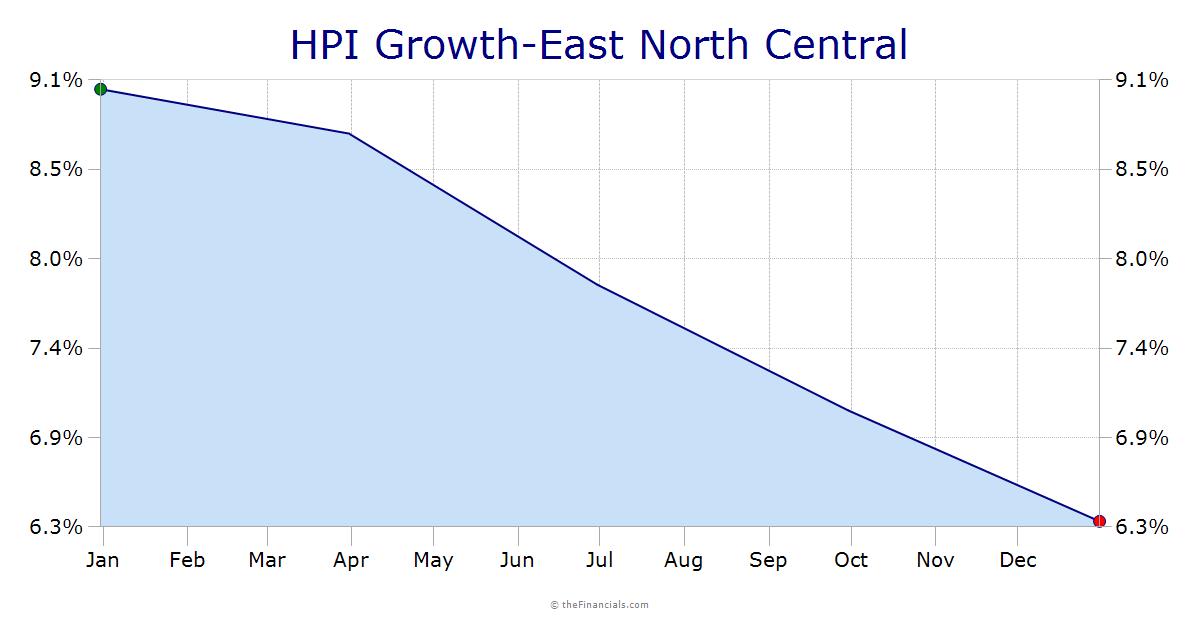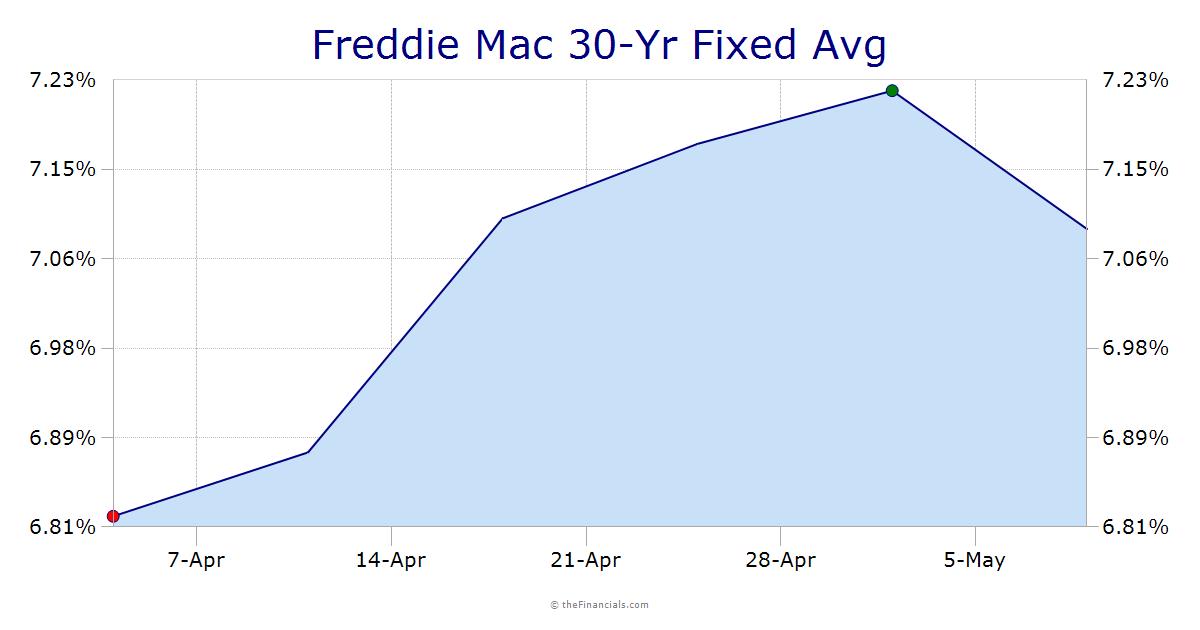
WASHINGTON (AP) -- Even cities that weathered the housing market crash with relatively little damage are suffering now.
Severe price declines have spread to Dallas, Denver, Minneapolis and Cleveland, which had mostly withstood the bust in housing since 2006. The damage has now gone well beyond cities hit hardest by unemployment and foreclosures, such as Phoenix and Las Vegas.
"We didn't enjoy the highs and the lows like other cities," said Kay Weeks, a Realtor with Ebby Halliday in Dallas, where prices fell nearly 1 percent in March and are expected to keep falling. "But when we get bad news nationally, people take notice and cut back on spending and buying homes."
Home prices in big metro areas have sunk to their lowest since 2002, the Standard & Poor's/Case-Shiller 20-city monthly index showed Tuesday. Since the bubble burst in 2006, prices have fallen more than they did during the Great Depression.
The index, which covers metro areas that include about 70 percent of U.S. households, is updated every quarter and provides a three-month average. The March data is the latest available.
Foreclosures have forced prices down so much that some middle-class neighborhoods have turned into lower-income areas within months.
Prices are expected to keep falling until the glut of foreclosures for sale is reduced, companies start hiring in greater force, banks ease lending rules and more people think it makes sense again to buy a house. In some markets, that could take years.
The latest report points to a "double dip in home prices across much of the nation," said David Blitzer, chairman of the Index Committee at Standard & Poor's.
Prices fell from February to March in 18 of the metro areas tracked by the Standard & Poor's/Case-Shiller index. And prices in a dozen markets have reached their lowest points since the housing bubble burst in late 2006.
The overall index fell for the eighth straight month and has dropped 3.6 percent in the past year. Prices had risen last summer, fueled by a temporary federal homebuying tax credit. But they've tumbled 7 percent since then. After adjusting for inflation, the home-price index has sunk to the level of 1999.
Cities with high foreclosures such as Phoenix, Las Vegas and Tampa, Fla., are flooded with homes sitting vacant, awaiting buyers. Many banks have agreed to allow homes at risk of foreclosure to be sold for less than what is owed on their mortgages. That has pulled down prices.
In Phoenix, for example, home prices rose about 5 to 6 percent annually in the pre-boom years before exploding nearly 23 percent in 2004. The next year, in 2005, they skyrocketed nearly 43 percent. Prices there soon leveled off before plunging in 2007 and 2008. They're now back to 2000 levels.
Coastal areas, such as San Francisco, San Diego, Los Angeles, Washington and Boston, have fared comparatively better in the past two years. They have been helped by healthy local economies, desirable city centers and limited space for new housing. In New York, homes are still 63 percent more expensive than in 2000.
In the middle are cities like Dallas, Denver, Minneapolis and Cleveland, which are seen as bellwethers for the national housing market.
Before the housing boom, prices in Minneapolis rose 7 percent or more a year. Then they stalled in 2006, fell in 2007 and 2008, and rose modestly in 2009. Last year, prices started falling again and haven't stopped.
Over the past decade, Dallas has grown faster than any other metro area. Among companies that have moved their headquarters there are Comerica Inc. and AT&T. Construction surged to meet the demand.
But since the housing bubble burst, foreclosures have risen. Many homes have been sold at steep discounts. Dallas-area foreclosures bought at auction in March sold for just 57 percent of their appraised value, according to Foreclosure Listing Service.
Denver had also avoided the peaks and valleys of the bubble and bust. It enjoys a diversified local economy that has expanded to include the telecommunications, wind-energy and space-technology industries.
Foreclosures haven't flooded the Denver market. But many of Denver's potential buyers, most of whom would otherwise be first-timers, are opting to rent instead.
"When they're doing the calculations to rent versus buy, they're choosing to rent," said Gary Bauer, a broker in Littleton, Colo., outside Denver. "It's simple math, and for many people, it's too expensive to own."
As a result, falling prices have turned once-costly, newer subdivisions, including those in Aurora and Commerce City, into largely vacant neighborhoods.
"The closer to the mountains you are here, the pricier it is, so people built a lot of new, big homes during the housing boom," said Yve Roberts, a Denver real estate agent. "They thought that's where the next wave of houses would be. But many of the young people that bought there can't afford it anymore."
In the next two months, prices in Dallas and Denver are expected to reach their lowest since the housing downturn began.
In 12 other cities, prices are already at the lowest point since the end of the boom: Atlanta, Charlotte, Chicago, Cleveland, Detroit, Las Vegas, Miami, Minneapolis, New York, Phoenix, Portland, Ore., and Tampa, Fla.
Minneapolis fared the worst in March, with prices down 3.7 percent. They dropped 2.4 percent in Charlotte and Chicago and 2 percent in Detroit. Prices rose 0.1 percent in Seattle and 1.1 percent in Washington. The nation's capital is the only metro area in the index where prices have risen in the past year.
One obstacle to a rebound in prices: A delay in processing foreclosures. Homes in foreclosure sell at a 20 percent discount on average, which can hurt prices in the neighborhood. But many foreclosure sales have been delayed while federal regulators, state attorneys general and banks review how those foreclosures were carried out over the past two years.
Once those homes are eventually foreclosed upon, they will cause prices to fall even further. Those declines are "etched in stone," said Patrick Newport, U.S. economist at IHS Global Insight.
Falling home prices led Neil Isakson of Amery, Wis., about an hour and a half from Minneapolis, to pull his four-bedroom lakefront house off the market this spring after it went unsold for nearly two years.
Isakson chose to rent out the home rather than reduce the price further. He had listed it in June 2009 for $359,000. Last summer, he cut it to $339,000. Yet fewer than a dozen people showed up to look at the house. He's holding out for the market to recover.
"I'm willing to wait two to three years," Isakson said.
Home equity accounts for most of the wealth of typical households. So when prices fall, they have "important spillover effects on other sectors of the economy," said Yelena Shulyatyeva, an analyst at BNP Paribas. Those sectors include consumer spending and state and local property tax collections. Consumer spending fuels about 70 percent of the overall economy.
"Folks are having so much difficulty in getting financing for a home," said Mark Vitner, senior economist at Wells Fargo. "And foreclosures will likely bring about a third dip. It may be early next year before prices hit bottom."
That won't change soon. Roughly 92 percent of homeowners say it's a bad time to sell their home, according to the latest Thomson Reuters/University of Michigan index of consumer sentiment.
In the seven years before its peak in July 2006, the home-price index surged 155 percent. Since then, it's fallen 33 percent.
During the Great Depression, prices fell 31 percent. It took 19 years for the housing market to regain its losses after the Depression ended.
Cities that weathered housing bust now suffering - Yahoo! Finance















